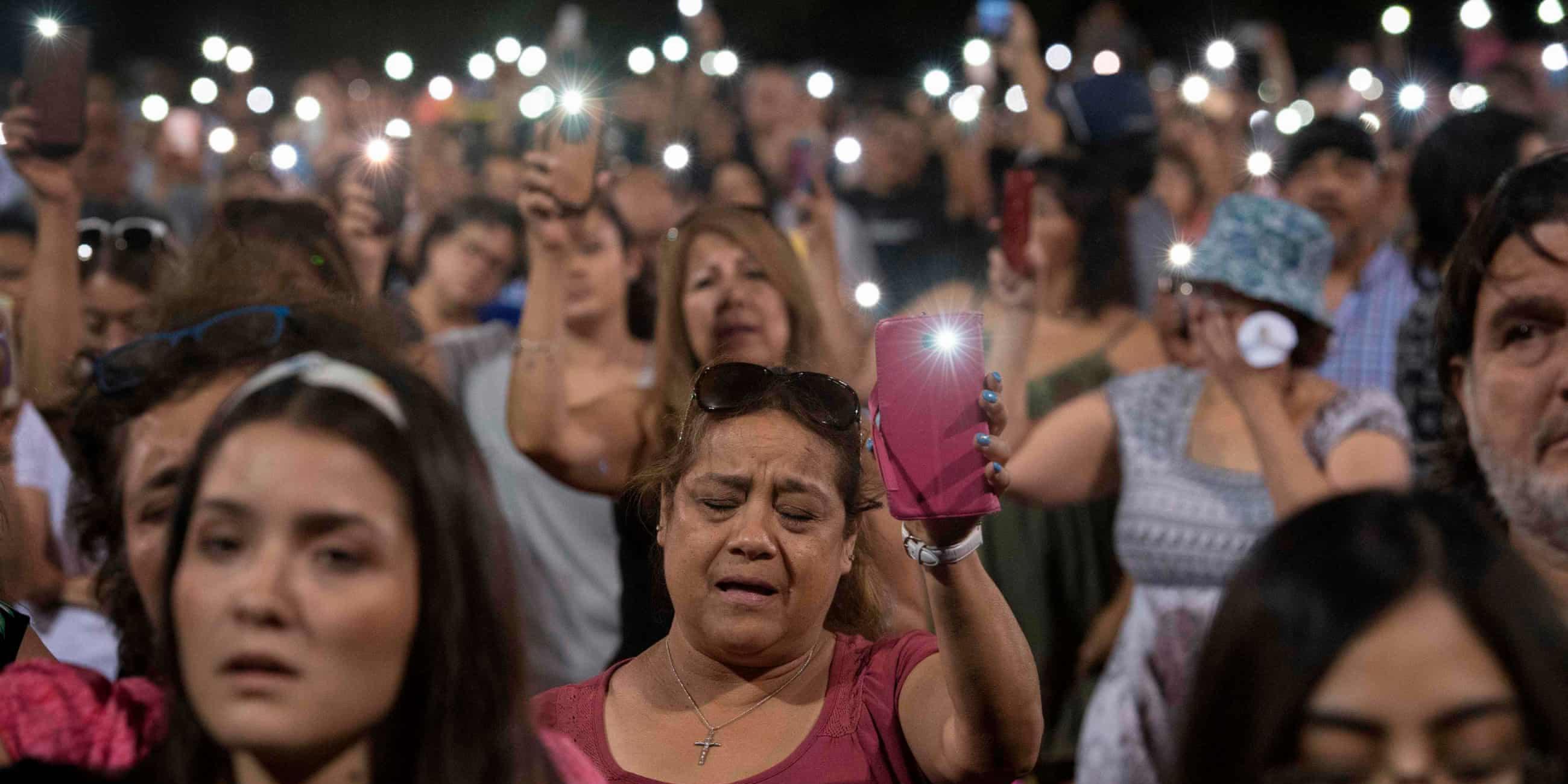
The Guardian
In 2004, a features editor asserted that "it is no secret we are a centre-left newspaper."
Reports that the suspected gunman at a Walmart in El Paso, Texas, saw his mass shooting as “a response to the Hispanic invasion of Texas” has prompted bipartisan calls for the US to treat the threat of domestic “white terrorists” as seriously as the threat of attacks by supporters of al-Qaida or Isis.
But experts who study racist violence say the attack must be understood not just as a domestic problem within the United States, but as part of a global network of white nationalist radicalization and violence.
The escalating global death toll from white nationalist attacks puts a spotlight on the social media companies that have allowed white nationalists to organize on their platforms with little interference, as well as on the clear parallels between white terrorists’ justification for their attacks, and the racist and anti-immigrant rhetoric of some mainstream politicians. Donald Trump has repeatedly referred to immigrants and refugees as an “invasion”.
A “manifesto” that appeared to be linked to the El Paso attack on Saturday described the growing number of Latinx people in Texas as an “invasion” that threatened the political power of white residents. The shooting, which left 20 people dead, is being investigated by federal officials as an act of domestic terrorism.
Perpetrators of other recent attacks around the world indicated that they, too, believed that white people were under attack, and that immigrants, refugees and other people of color are “invaders” who put the white race at risk.
The Canadian man who opened fire at a mosque in Quebec in January 2017. The American man who plowed his car into a crowd of protesters after a white supremacist rally in Charlottesville, Virginia, later that year. The 46-year-old American who allegedly attacked a Pittsburgh synagogue in 2018. The Australian man who allegedly killed 51 people at two mosques in Christchurch, New Zealand, this March.











